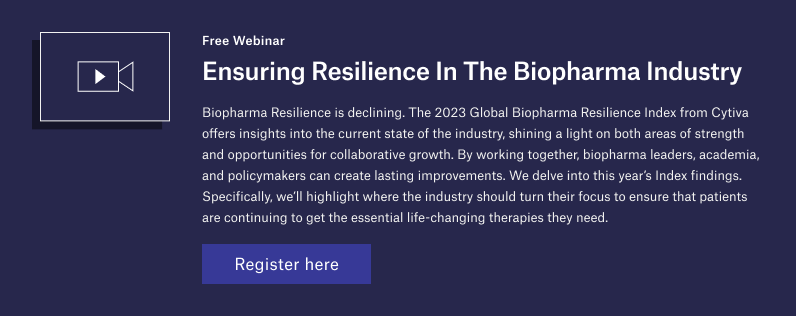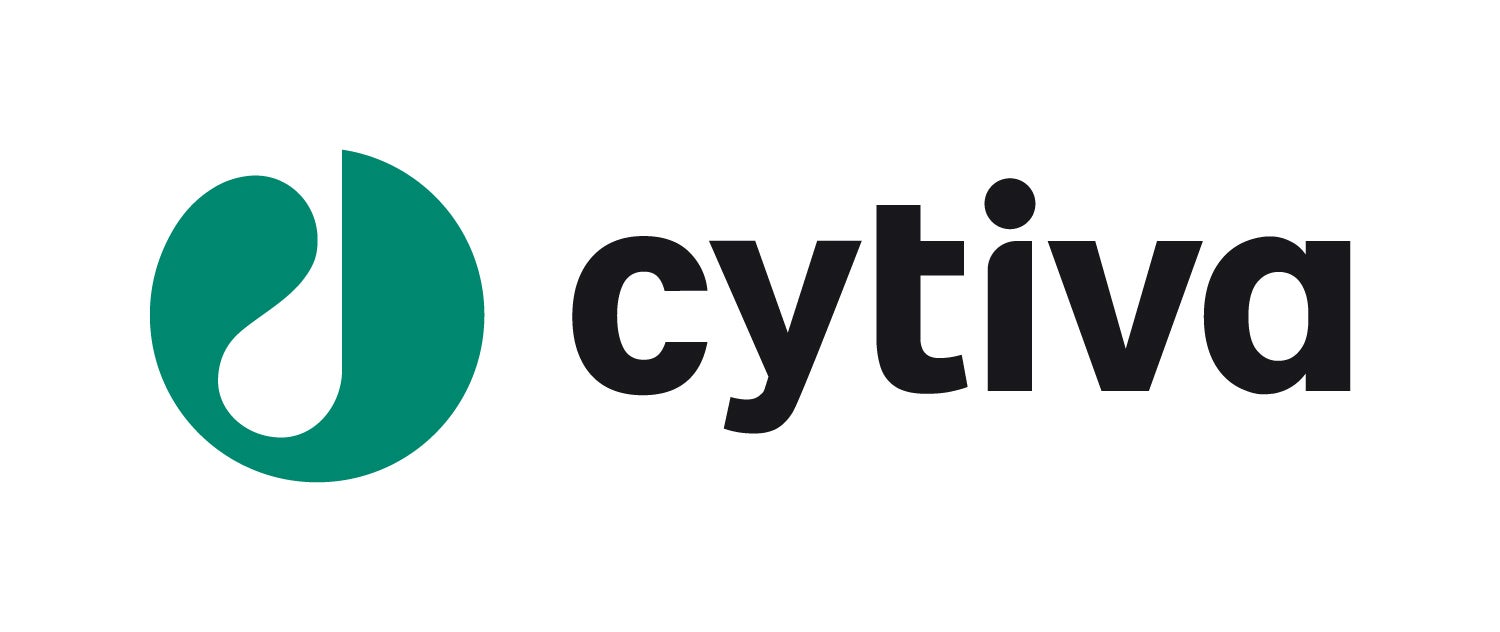
The COVID-19 pandemic fast-tracked digitalization within healthcare, but rising inflation rates, poor economic outlooks, and a host of other current issues threaten to slow down progress. The pharmaceutical industry is undergoing constant change from cost pressures and the need to replenish supplies, maximize peak sales, and meet stringent regulatory and legislative requirements.
Successful digital transformation across the industry could reduce costs and unlock the potential of big data, but it will also require long-term planning, sufficient funding, talent, and organizational adaptability. Is biopharma prepared to embrace innovation and invest in the latest trends towards digitalization and automation?

Emerging technologies in biopharma
According to GlobalData’s report, The State of the Biopharma Industry 2023, emerging artificial intelligence (AI) and big data technologies are expected to have the biggest impact on the pharmaceutical industry in the next few years. Other technologies such as cloud computing, the Internet of Things (IoT), and application programming interfaces are also being adopted more, while social and digital media have been embraced for engagement with vendors, customers, and stakeholders.
The adoption of digital therapeutics (DTx) is becoming more prevalent, resulting in the collection of enormous amounts of real-world data that can be used to develop highly personalized and engaging treatment plans. An increasing risk of cyber threats also means that cybersecurity measures should be regularly assessed and adapted to address evolving technological advances.
Industry challenges of digitalization
In a recent study, GlobalDatai surveyed a sample of over 100 pharma clients and prospects worldwide, consisting of managers and company directors. While 76% of respondents expressed optimism regarding their own company’s digital growth, top reported hindrances were the current lack of specific skills and evolving regulatory requirements, along with privacy and data security concerns.
Technical limitations, such as lack of interoperability and standardization, were also mentioned as challenges, along with some user resistance. Additionally, insufficient funding and unclear return on investment (ROI) are cited as significant financial barriers relating to digital transformation.
The most important drivers of successful digitalization were found to be strong leadership, collaboration between IT and business lines, and a sound cybersecurity strategy with adherence to current regulations and compliance.
According to the survey results, AI, big data, and digital media are seen as the most popular technologies that healthcare organizations are planning to invest in over the next two years, which is unsurprising given how data-driven pharma is. With the increasing volume and complexity of data being generated by the sector, the need to store, process and analyze information continues to pose both challenges and opportunities.
In light of these hurdles, it will be crucial that technology providers offer solutions that are secure, easy to adopt, and user-friendly.
How digitalization can revolutionize the cell therapy sector
Per Hammer, Senior Global Product Manager at Cytiva, has a strong passion for life sciences and is determined to bring transformative health benefits to patients through research and the pharmaceutical companies Cytiva works with.
“When it comes to software, to solutions in the field, we’ve seen an evolution over the last 20 to 30 years,” explains Hammer. “Industries becoming more digital, with more solutions being implemented as part of an overall solution.” Hammer likens recent digital changes in healthcare to how cars have changed over the last few decades, from mechanical to electronic, and now having digital cockpits.
“If you look at a car of 20 years ago, we didn’t have much technology and digital solutions in it,” Hammer says. “But if you look today, you no longer really have a dashboard. Everything is handled through the console, which has a lot of extra digital functions and solutions that make your life easier. It is enhancing your experience, making it easier and seamless for you to use as a solution or a service.”
Saving paper with electronic medical records
Hammer describes how digital services are going to revolutionize cell therapy, turning users away from time-consuming manual steps and towards cost-saving automation using the latest innovative technology. “We’re going to need to build a much more seamless solution for the users, for the manufacturers, to be able to move this industry forward, making it available for the broader audience today, if we want to make these industries successful in the future,” he adds.
One way to use digitalization to save costs is by removing paper records. “To make this industry successful, we need to move to electronic records and digital solutions. As well as saving space, you have a batch record retention period, which in some countries is up to 15 years,” Hammer explains. “In the past, that meant going down to a warehouse to find those records. Going digital is crucial for this industry to succeed.
“It’s all about making data available, in a manner where you don’t need manual interventions — no USB sticks, or copy-pasting data from one place to another, like a spreadsheet. Connectivity is about getting data from one place to another without human intervention. We need to move towards standard solutions — standard operating interfaces and standard ways of communicating in the digital space.”
Chronicle™ automation software: A digital solution
Cytiva has more than 60 years of experience in the biopharma sector. The company is a key player in encouraging businesses to embrace the potential of innovative technology to speed up biomanufacturing development and use electronic records to increase productivity and reduce the risk of errors.
Chronicle™ automation software is a digital solution designed to optimize complex cell therapy process development and manufacturing. Electronic batch records trace every manufacturing step, reinforcing good manufacturing practices (GMP) and compliance, while also improving sample security.
“We have developed the Chronicle™ software, which sits as a layer on top of the hardware,” explains Hammer. “Using electronic standard operating procedures (eSOPs) to help the operator through the process, to guide them. It’s not that different from how you’re doing it today, with pen and paper, but the difference is that we are doing it digitally. We can capture all the data as part of the operation.
“As the operator is running through the process using the software, they can capture data even for the manual steps that happen. For instance, how long it takes to move a free frozen cell bag from one place to another. That might not have a big effect on the process, but if we see that time is taking longer, then we can take actions to reduce that straight away.”
Hammer adds that the Chronicle™ software acts as the overarching layer that brings the whole workflow together. “That’s how we believe how we can help this industry move forward in their digital journey and digital transformation,” he says. “The big benefit of having a purpose-built solution is that your time and costs for qualifying the solution in a GMP setting will be reduced dramatically.”
Click on the link below to watch Per Hammer explain the challenges of digitalization in biopharma today and detail the state-of-the-art solutions that are available.



